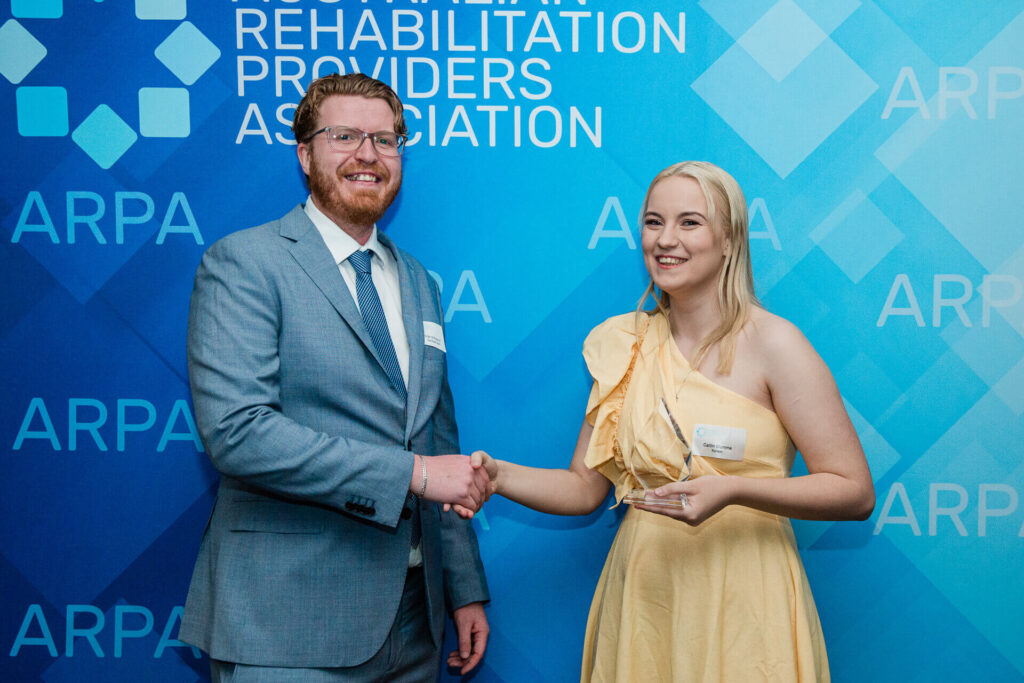Not all hazards are visible.
Neither are all injuries.
National data from Safe Work Australia has shown a 28% increase in workers’ compensation claims for mental health conditions between 2007-08 and 2019-20.
In addition, time off work in these cases is almost four times longer than for other injuries.
With psychosocial hazards and injuries appearing to be on the rise, understanding what is required for workplace safety can feel overwhelming for businesses.
Getting the right support can make your workplace safer, your employees more engaged and create a lasting, positive culture within your business.
What can make a workplace unsafe?
There are two kinds of hazards which can make your workplace unsafe – physical and psychosocial.
1. Physical hazards
Physical hazards are factors or conditions within the environment that can harm your health.
These can include body stressing, confined spaces, electricity, heat, heights, noise and vibration.
Common causes of physical injury in the workplace, according to Safe Work Australia, are:
- Working with vehicles
- Falls, slips and trips
- Being hit by moving objects
- Body stressing
2. Psychosocial hazards
Psychosocial hazards are aspects of work (including how work/tasks are designed, managed, supervised and organised) which have the potential to cause psychological or physical harm.
Some of the 14 potential psychosocial hazards as identified by Comcare include:
- Job demands
- Low job control
- Poor support
- Lack of role clarity
- Traumatic events or material
- Remote or isolated work
- Bullying
- Harassment (including sexual harassment)
- Conflict or poor workplace relationships and interactions
Common causes of psychological harm or injuries at work include prolonged mental stress (potentially due to high workload or poorly designed work systems), harassment, bullying and occupational violence.
Feeling physically and psychologically safe at work is essential for all employees.
It’s a challenge for managers and business owners to know and understand the most effective steps to take, to promote a mentally healthy workplace.
Which is why it’s even more important to know who you can reach out to for information and support.
The future of workplace health and safety
Since 2020, there have been notable developments in the framework around safety at work from the Australian Government.
For example, the National Inquiry into Sexual Harassment in Australian Workplaces which was launched in 2018 and concluded in 2020, released a report with more than 50 recommendations.
One of these recommendations resulted in the creation of Respect@Work, which also involves the Australian Human Rights Commission and the Respect@Work Council.
Respect@Work is just one of the many dedicated, reputable industry bodies who help individuals and businesses to minimise harm and make positive, lasting changes.
They cite seven key areas in their framework which businesses can start holding themselves accountable in:
- Leadership
- Knowledge
- Culture
- Risk assessment and transparency
- Support
- Reporting
- Measurement
For proactive businesses, the benefits are numerous:
- Improved health and wellbeing
- Greater productivity
- Higher performance
- Increased job satisfaction
- Greater work participation and increased social inclusion
- Increased individual, team and organisational resilience
- Lower absenteeism rates
- Less workplace injury and workers’ compensation claims
- Faster return to work
- Lower workers’ compensation premiums
Work health and safety consultants can guide you through this process, to navigate the different frameworks available, and support you to make changes and implement strategies in your workplace.
Need further help?
Contact Konekt’s team of WHS specialists who can assist in identifying psychosocial hazards and the development of proactive solutions to help organisations not only meet their obligations, but create safe, inclusive and respectful workplaces.
Sources
- Context – Australian Work Health and Safety Strategy 2023-2033 – Safe Work Australia
- Physical hazards – Comcare
- Psychosocial hazards – Comcare
- Respect@Work: Sexual Harassment National Inquiry Report (2020) – Australian Human Rights Commission
- Respect@Work
- Good Practice Indicators Framework for Preventing and Responding to Workplace Sexual Harassment – Respect@Work
- Benefits of safe and healthy work – Comcare




